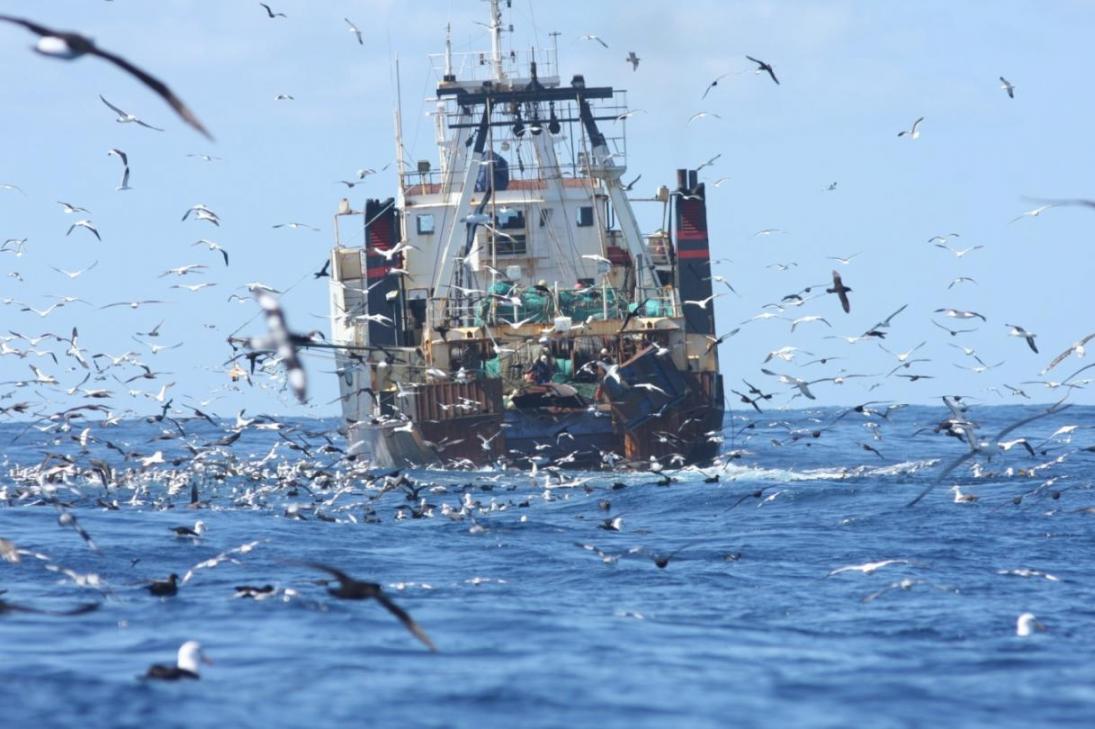The El Nino weather phenomenon is known to create havoc in global food chain, but its impact is likely to go far beyond, with fish catch, energy prices and poultry supply hit as well.
“The impact is likely to be high, affecting energy, food and water in many parts of Asia,” Ancha Srinivasan, principal climate change specialist at the Asian Development Bank told CNBC’s The Rundown.
The El Nino of 1997 to 1998 caused economic impact of $30-$45 billion and it’s likely to be higher this time around as economies have grown since then, said Srinivasan.
Other than hitting food crops, the weather event will also impact the fishing industry.
“El Nino actually raises temperatures...in most parts of tropical Asia. So when temperatures increase, fish…migrate to deeper waters so obviously the fish catch will be affected,” he said.
“That in turn has impact on poultry that depends on fish meal. It has a lot of impact on fisheries and livestock like poultry etc.”
The El Nino climate pattern, which is expected to strengthen further through the end of the year, is on track to be one of the three strongest such patterns in almost 70 years, according to the United Nations weather agency last week.
Negative Gas Prices
While El Nino may give a boost to commodities like agriculture and livestock, it will be negative for natural gas prices as the weather phenomenon will give rise to a slightly milder than normal December in the world’s largest natural gas consumer United States.
This will lead to a decrease in heating applications as just a large ramp up in North East production is expected from Texas Eastern Transmission’s Ohio Pipeline Energy Network, said Goldman Sachs in a note Monday.
“The current strong El Nino weather pattern and spare Appalachian off take capacity leave risk to prices as squarely skewed to the downside,” wrote the bank’s analysts.
Natural gas prices have been under the weather recently on expectations of a warm start to the US winter.
The impact of current low raw material prices is likely to continue into 2016, putting a drag on key commodity exporters such as Australia.
“One of the things that investors have under-estimated for the last few years has been the degree of hangover that has come from this commodities bust,” Guy Bruten, Asia Pacific senior economist at AllianceBernstein told CNBC’s Street Signs.
“We think the hangover is going to continue through 2016. It doesn’t necessarily mean precipitous price falls but the impact of declining capex, employment and so on in the mining sector will continue to be a drag on the Australian economy.”
Deep Into 2016
The El Nino weather pattern in place over the Pacific Ocean could last into the middle of 2016, as farmers and growers across the globe continue to struggle with the unseasonable weather conditions associated with it.
International climate models suggest that the El Nino is approaching its peak and will decrease in the first quarter 2016. However, water temperatures in the Pacific are unlikely to return to normal until the southern hemisphere’s autumn begins in March, Australia’s Bureau of Meteorology said Tuesday.
El Nino occurs when winds in the equatorial Pacific slow down or reverse direction. That warms water over a vast area, which in turn can upend weather around the world. The severity of the phenomenon is measured by ocean temperatures and changes in wind patterns.
The phenomenon typically reduces rainfall across parts of southeast and southern Asia, and brings precipitation to the western US and parts of South America.
El Nino events can lead to severe drought in parts of Southeast Asia and heavy flooding in North America, all of which cause challenges for farmers. Furthermore, the crop failures and severe flooding often cause food shortages in some of the world’s poorest countries.


